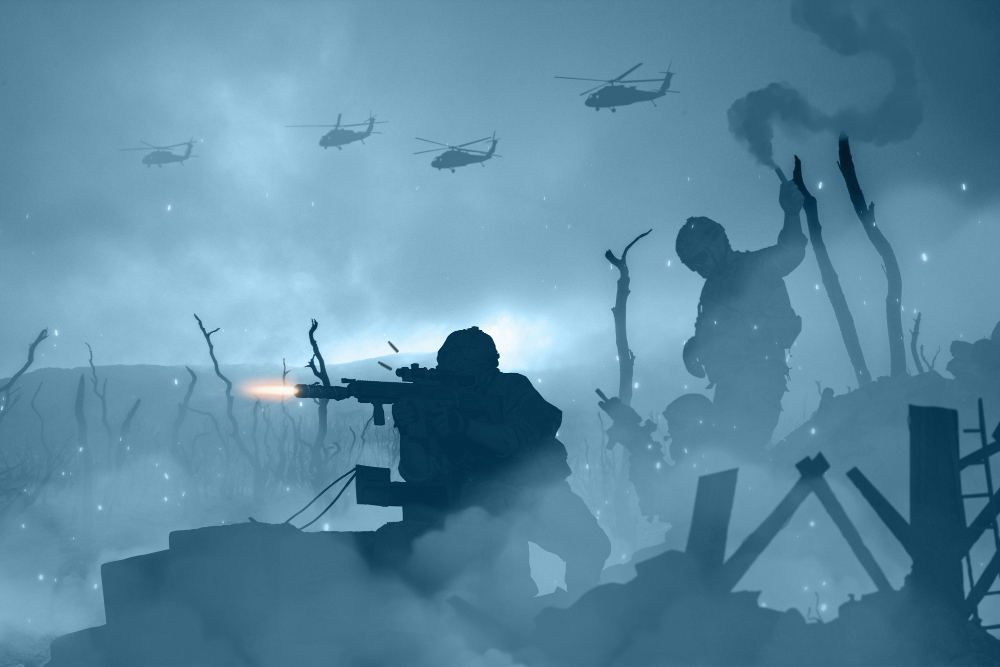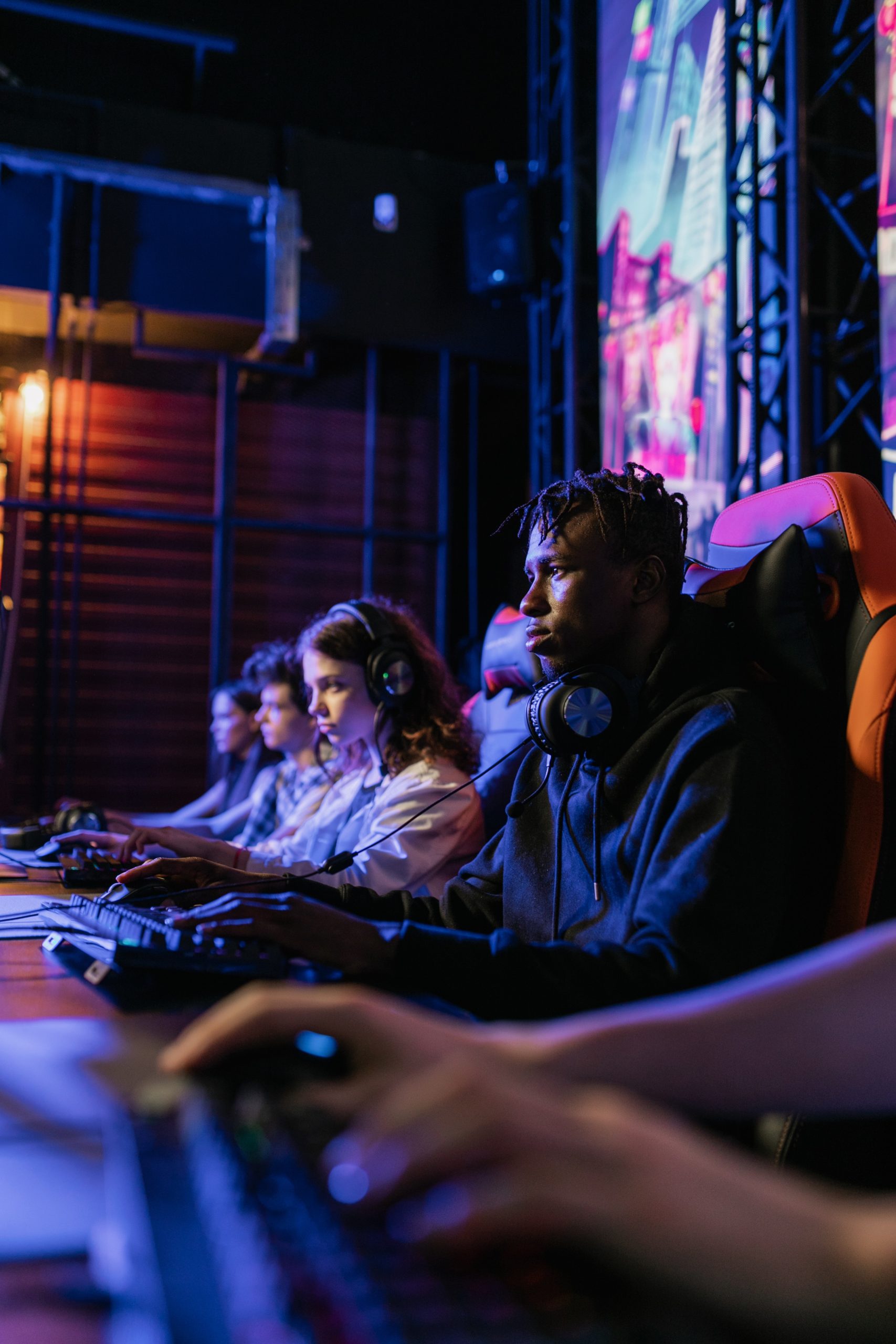Warfare has been a part of human history since time immemorial. From ancient times to the present day, nations have fought battles to defend their borders, assert their power and ideologies, or to secure resources. The outcome of a war can be determined by several factors, including the number of troops, the quality of weapons, terrain, and most importantly, strategy.
In the past, military strategists had to rely on experience and intuition to develop effective battle plans. But in the modern age, with the rise of technology and artificial intelligence, it is possible to simulate wars and test out strategies before deploying them in the field. This has given birth to a new field of study called “wargaming” or “simulation war gaming.”
Wargaming involves the use of computer simulations to predict the outcome of hypothetical wars. It is a way for military planners to test different strategies and tactics and predict how they will play out in real-life situations. The simulations are based on a range of variables, including the number and type of troops, the terrain, and the weapons used.
One of the most popular simulation war games is called “Command and Control Warfare,” which was developed by the US military. It involves a series of computer-based exercises that simulate a wide range of scenarios, from terrorist attacks to conventional warfare. The goal is to test out different strategies and determine the most effective way to respond to a particular threat.
Another popular simulation game is called “Red Team vs. Blue Team,” which is used to train soldiers in urban warfare. The game involves two teams, with one team representing the enemy and the other team representing the US military. The goal is to capture or defend a specific location, such as a building or city block.
Simulation war games have also been used in academic research to study various aspects of warfare. For example, researchers at the University of California, San Diego, used a simulation game to study the effectiveness of different counter-terrorism strategies. The game allowed them to test out different scenarios and predict the outcomes of each one.
Simulation war games are not just limited to the military. They have also been used in business and politics. For example, political campaigns often use simulations to test out different messaging and advertising strategies. Similarly, businesses use simulations to test out different marketing and pricing strategies.
One of the advantages of simulation war gaming is that it allows military planners to test out different scenarios without risking the lives of soldiers. It also allows them to test out strategies in a controlled environment, where they can make mistakes without suffering real-life consequences.
However, simulation war gaming is not without its limitations. The simulations are only as good as the data and algorithms that are used to create them. In addition, the simulations cannot predict unexpected events or human error, which can have a significant impact on the outcome of a real-life battle.
Despite these limitations, simulation war gaming is an increasingly important tool for military planners, academics, and businesses. As technology continues to advance, we can expect to see even more sophisticated simulation games that can provide even more accurate predictions of the outcome of wars, conflicts, and other real-life situations.









